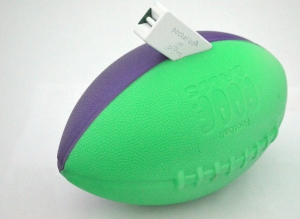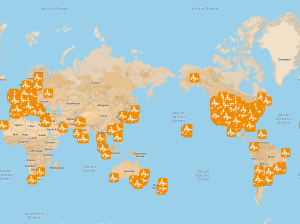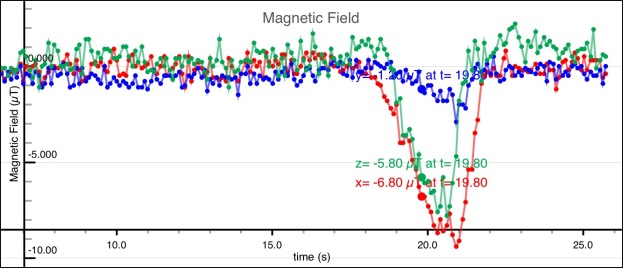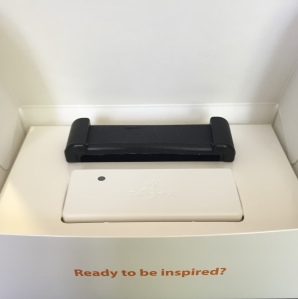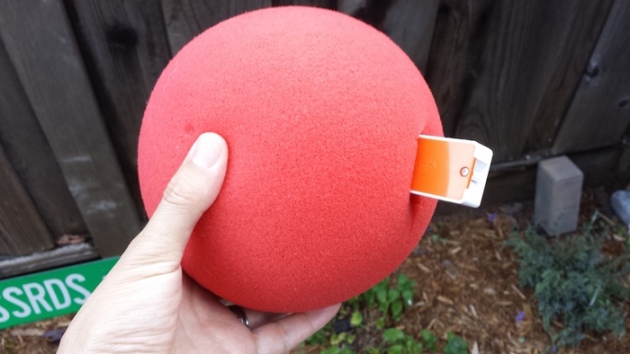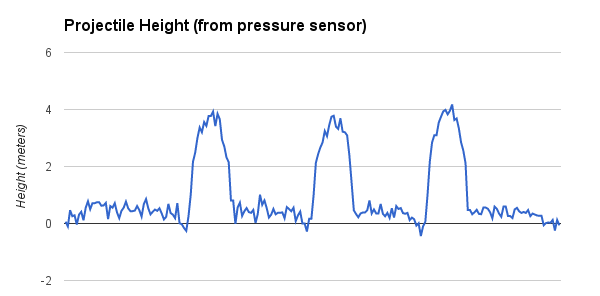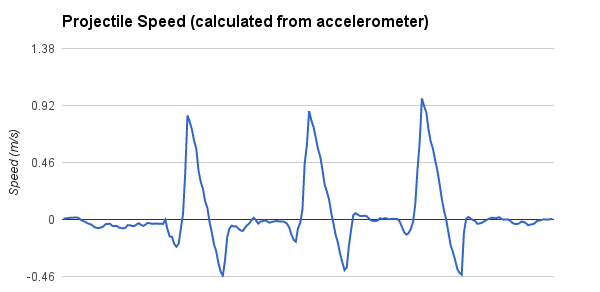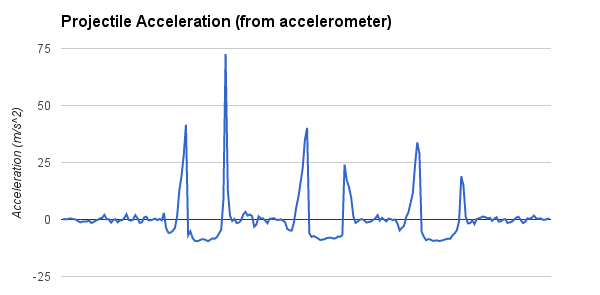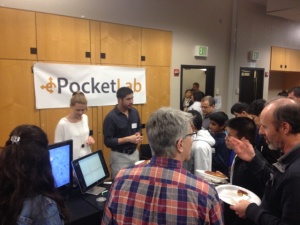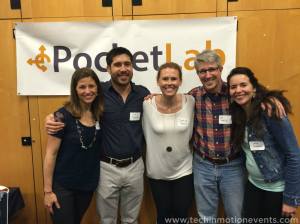Christmas Eve is only a few days away, and if you want a chance to catch a glimpse of Santa Claus, a PocketLab just might do the trick.
Here are three ways you can monitor Santa’s presence while pretending to sleep.
1) The Cookie Weight
It’s been rumored Santa goes Paleo in the summer to shed some pounds, but on Christmas Eve, he’s all about the chocolate chip cookie. When setting up your plate of cookies, add one small wrinkle: Place the plate on top of a small, sealed ziplock bag with a PocketLab inside. Note the barometric pressure reading inside the bag when the plate of cookies is on top of it. As soon as Santa grabs a cookie, the air pressure inside the bag should change. That’s your chance! Make a break for the tree and see if you can catch Santa snacking.
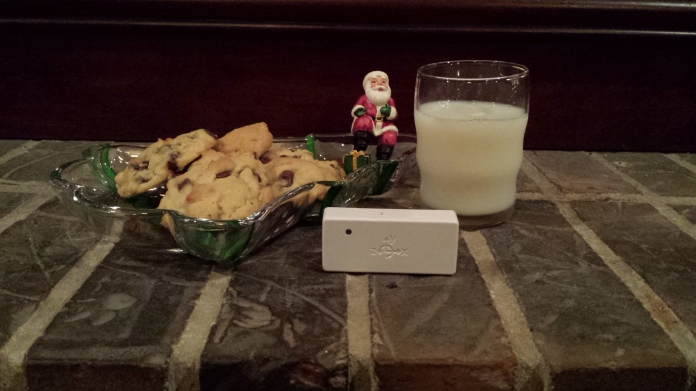
2) Pressure change in the chimney
Santa likes to make an entrance. If you have a chimney, that will be his go to method for breaking and entering. Tape your PocketLab to the inside of your chimney and monitor the air pressure. Santa will really need to squeeze into the top of your chimney from your roof, and that will create a large change in air pressure inside the chimney. If you hurry, you can catch Santa right as he lands in the fireplace.
3) Footsteps with Seismometer
Some say Santa can sneak around the tree so quietly because he was trained by Ninja’s. However, even Ninja’s are powerless before science. By creating a seismometer and placing it near your tree, you’ll be able to monitor even the smallest vibrations on your floor. Hang a heavy magnet as a pendulum over your PocketLab. The magnetic field graph will pick up the natural frequency of the pendulum. When the ground vibrates, either from an Earthquake or a footstep, you’ll be able to see a strong signal from the pendulum (for more details check out this instructibles). Once you pick up a Santa tip-toe, race to the tree to find him placing a bow on that new hoverboard you wanted.
